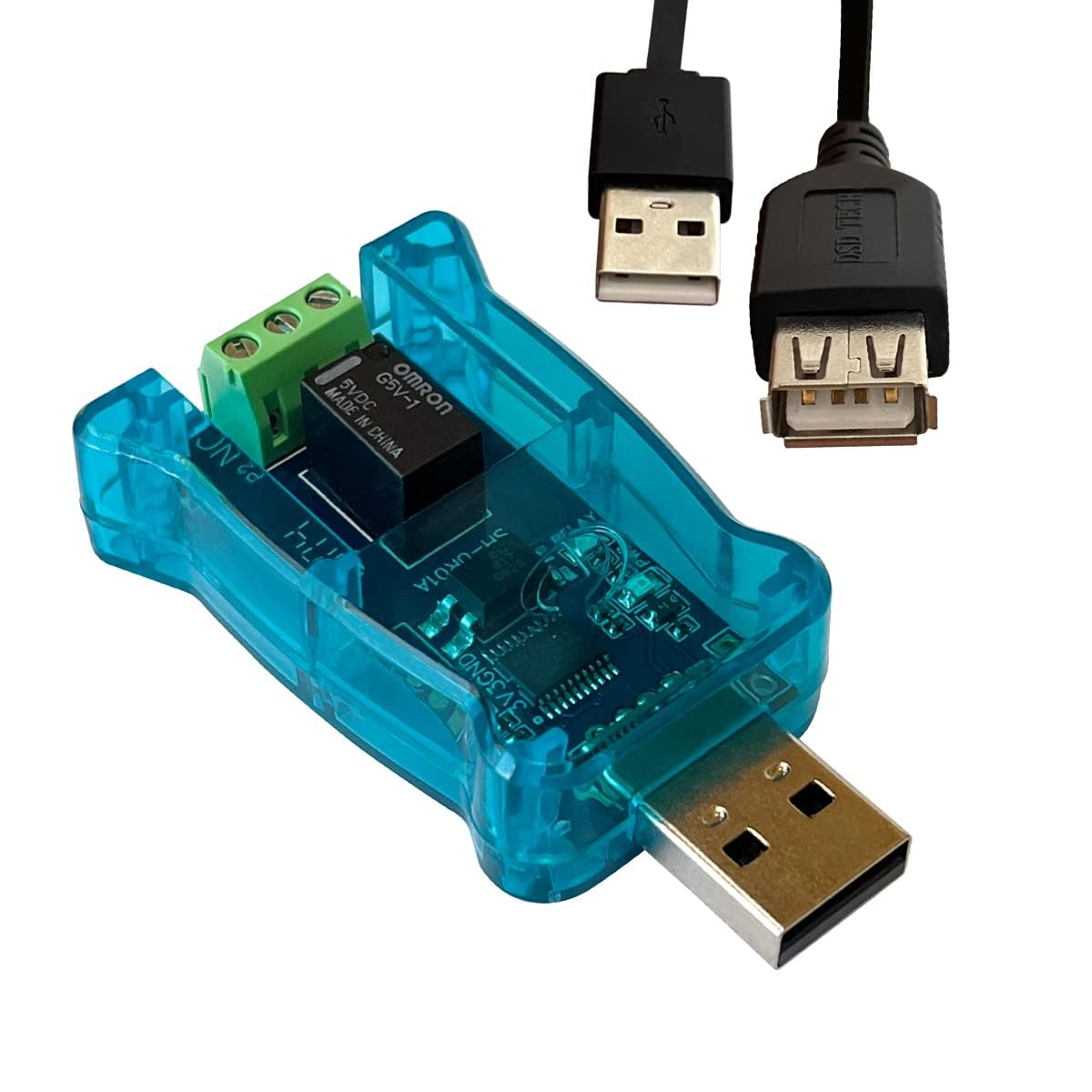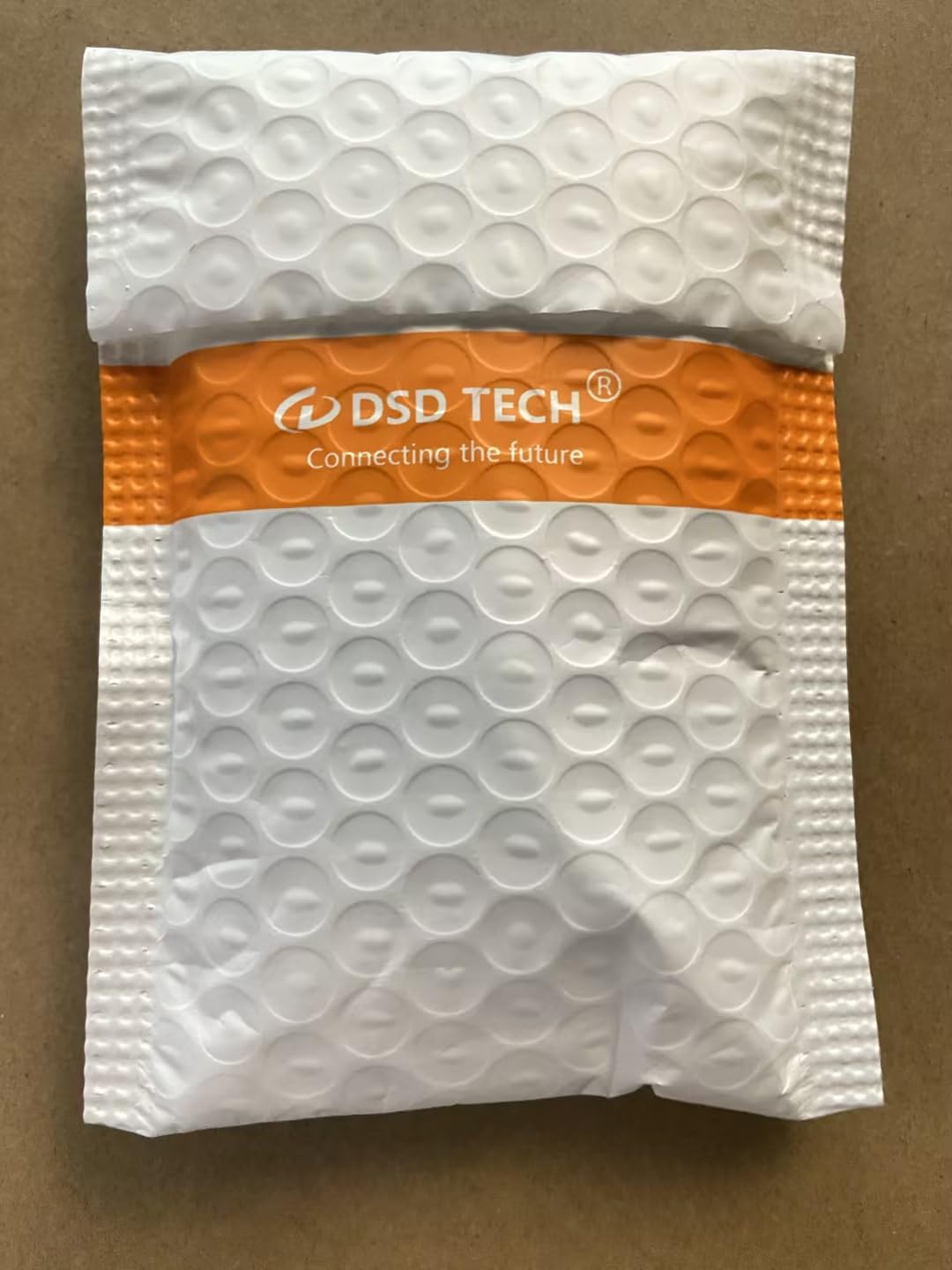Liefern zu Switzerland
IFür die beste Erfahrung Holen Sie sich die App
Kundendienst
Copyright © 2024 Desertcart Holdings Limited













⚡ Empower your workspace with smart switch control — don’t get left unplugged!
The DSD TECH SH-UR01A is a single-channel USB relay controller featuring a Silicon Labs CP2102N serial chip and a durable OMRON G5V-1 relay. It enables precise switching control via USB on Windows, Linux, and Mac OS platforms. Ideal for developers and tech-savvy professionals, it supports serial commands and programming languages like Python and C++. Backed by a 1-year warranty and responsive technical support, it’s the perfect tool to automate and elevate your hardware projects.
TrustPilot
vor 1 Monat
vor 1 Monat